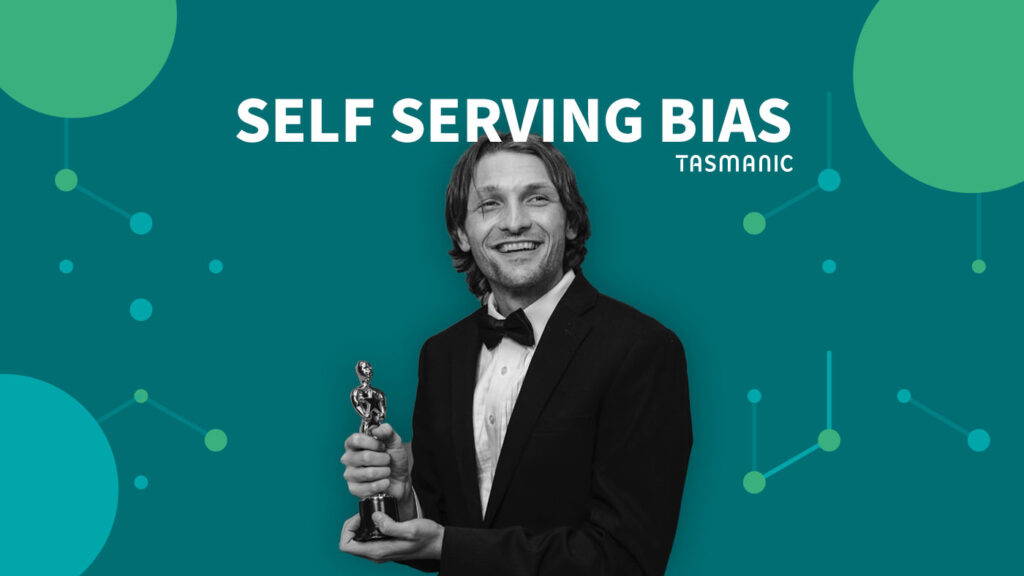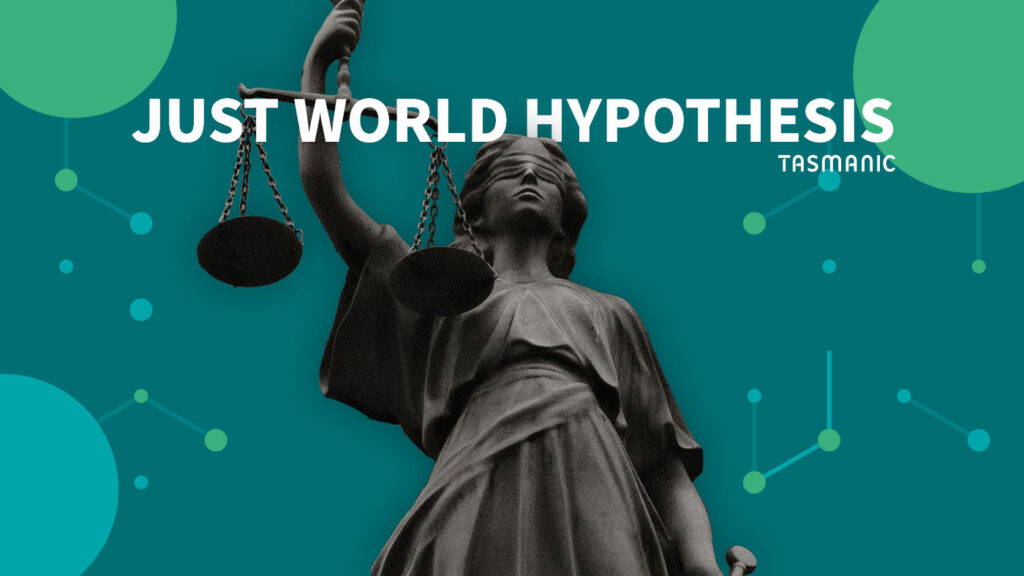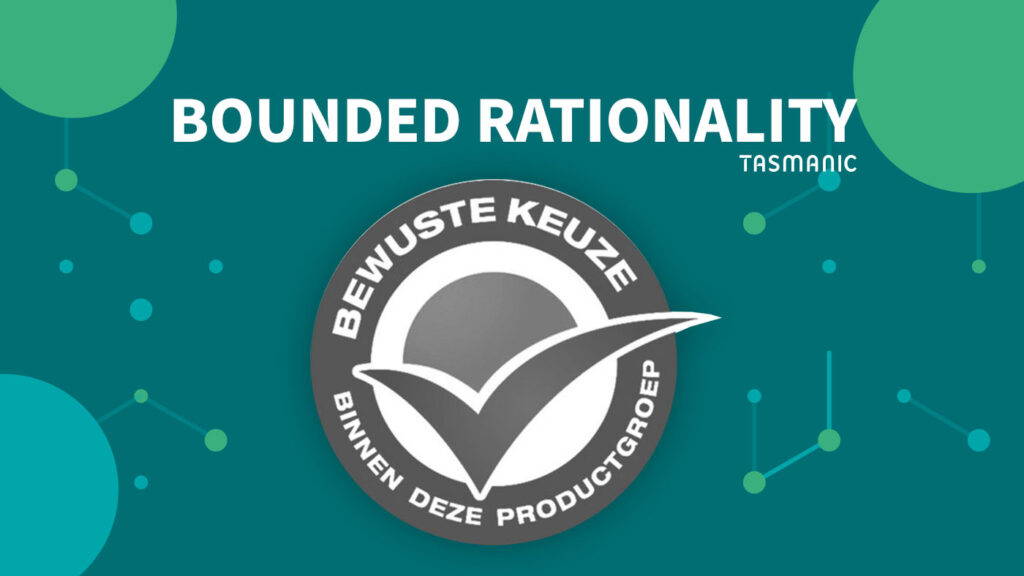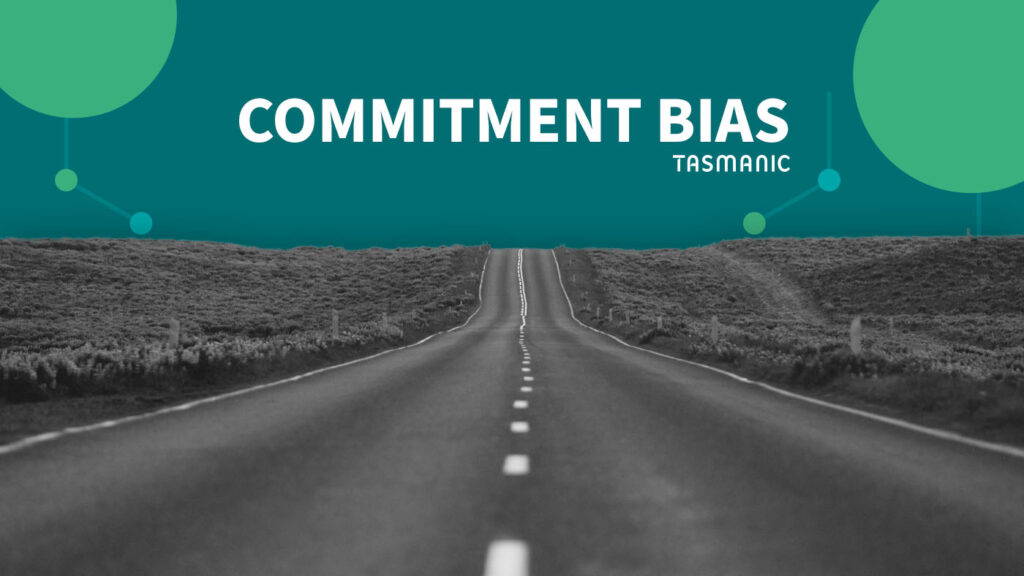
Last updated December 19, 2024
Introduction
Imagine this: you've launched a new product that you've been working on for months. Despite extensive marketing campaigns, sales fall short of expectations. Yet you continue to invest in this product, driven by the hope that it will eventually catch on. This is a classic example of commitment bias. In this article, we explore the causes and consequences of commitment bias and offer practical tips for dealing with it so you can make business decisions with greater objectivity.
What is commitment bias?
The commitment bias, loosely translated the escalation of commitment or increasing involvement, describes our tendency to remain committed to past behaviors even when the consequences leave much to be desired (Staw, 1976).
When past behavior no longer aligns with your current values and norms or has not produced the desired results, the commitment bias causes you to find it difficult to let go. Ideally, we want our future behavior to match what we did and thought in the past. This limits us in making good decisions for the future and in our personal growth. Acknowledging that you have fallen short somewhere is not easy, but it gives you many insights about yourself. Commitment bias reveals itself even more when it is publicly visible.
How does commitment bias arise?
We constantly try to convince ourselves and others that we are rational decision makers. We do this by being consistent in our actions and by defending the choices we have made. To ourselves and to others. A lack of consistency makes us feel uncomfortable. Even with a negative outcome, we still tend to defend why the choice we made at the time is still the right one. We try to save face by saying, for example, that this choice will yield long-term benefits (Staw, 1976). In doing so, we use information that makes our decision seem right and ignore information that claims the opposite.
Consistency gives us a positive self-image and confidence. To avoid losing face, we want to appear good to others. If something unexpected goes wrong, we prefer to talk it up rather than admit we did something wrong and adjust our behavior. After all, hadn't we thought carefully about our earlier choice? We also call the act of justifying it cognitieve dissonantie (Festinger, 1957). We also appreciate others when they are consistent, such as someone who keeps going despite many setbacks. Someone who immediately changes his or her mind is more likely to be considered unreliable.
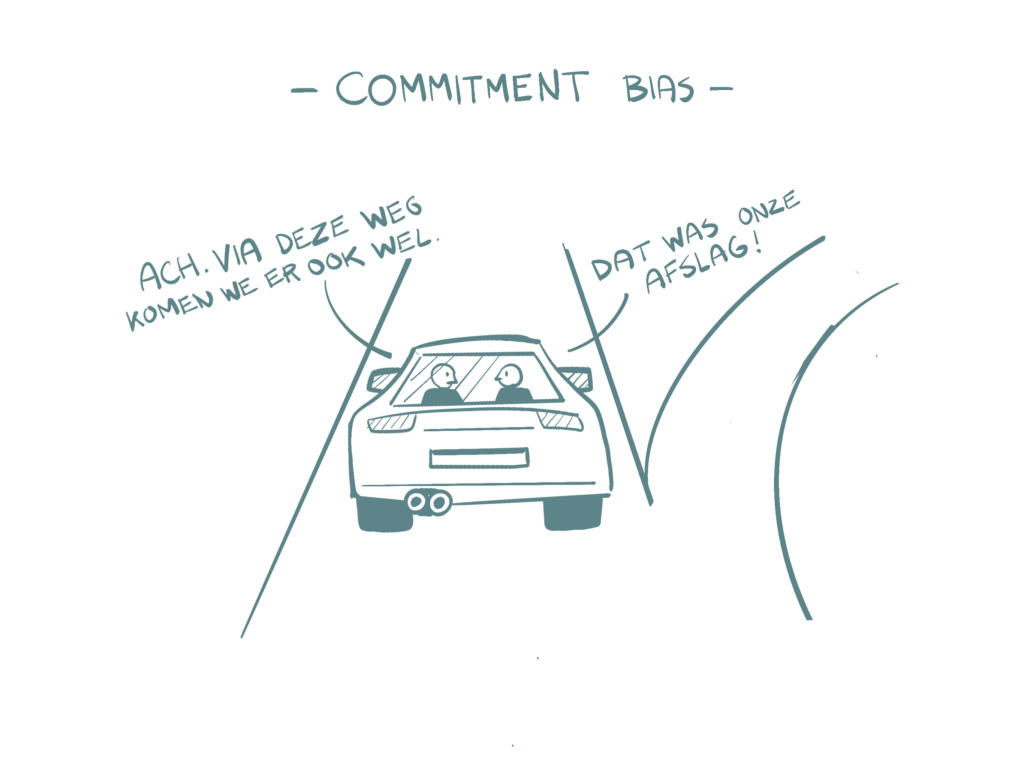
Examples in practice
The commitment bias in action:
- A company wants to bring a new product to market, but it doesn't really catch on. Over time, when other specialists join the team who want to go in a different direction, it is difficult for the originators to change course and admit that the original idea might not be such a success after all. The sunk cost fallacy (Arkes & Blumer, 1985) is very similar to this.
- A charity salesman asks you on the street if you think nature is important. Utterly, you answer "Yes. Then he asks if you would like to become a donor to the charity that does a lot for nature. Now, of course, you can't say no.
- Despite the fact that a software builder keeps failing to live up to its commitments and does not appear to have necessary in-house knowledge to develop important features needed to grow, a company still remains a customer.
Using commitment bias to your advantage
Prevent commitment bias from getting in the way of your business decisions; instead, use it to your advantage:
- Make a potential customer make small commitments all the time. This will make him more and more inclined to take the big step as well. For example, give away a free sample, or as a software company, a free trial period.
- For business decision, always look at the numbers and determine in advance what they should be. This will give you an edge over most competitors who will continue to bet on failed projects.
- Split large investments into smaller, phased steps. This makes it easier to evaluate and adjust progress while still committing the team to the end goal.
Resources
Arkes, H. R., & Blumer, C. (1985). "The psychology of sunk costs." Organizational Behavior and Human Decision Processes, 35, 124-140.
Festinger, L. (1957). "A theory of cognitive dissonance." Stanford, CA: Stanford University Press
Staw, B. M. (1976). "Knee-deep in the big muddy: a study of escalating commitment to a chosen course of action." Organizational Behavior and Human Performance, 16(1), 27-44.
Are the results from your online marketing disappointing?
Request our no-obligation performance scan and we'll tell you where you're going wrong.

















 Team
Team FAQ
FAQ Vacancies
Vacancies Contac
Contac AWR
AWR Ahrefs
Ahrefs Channable
Channable ContentKing
ContentKing Leadinfo
Leadinfo Optmyzr
Optmyzr Qooqie
Qooqie Hubspo
Hubspo Semrush
Semrush


